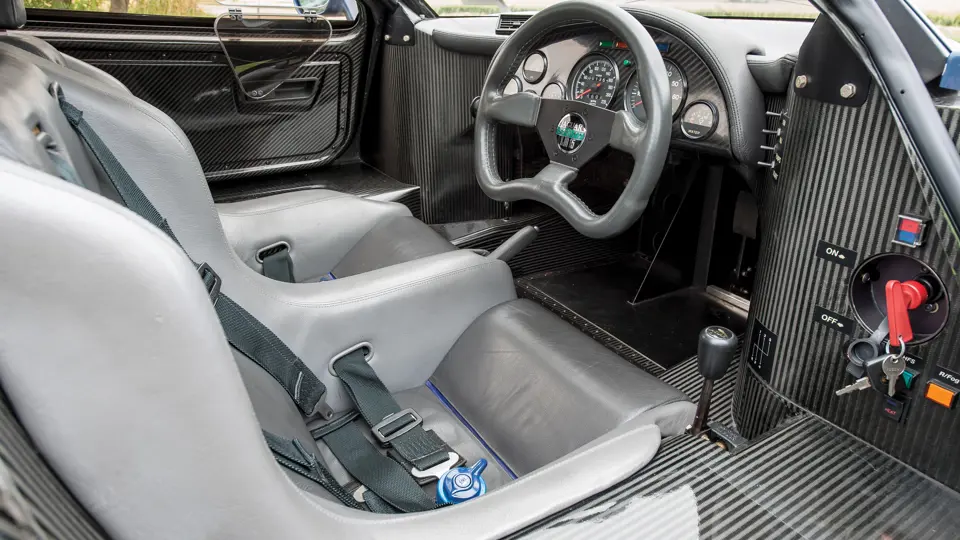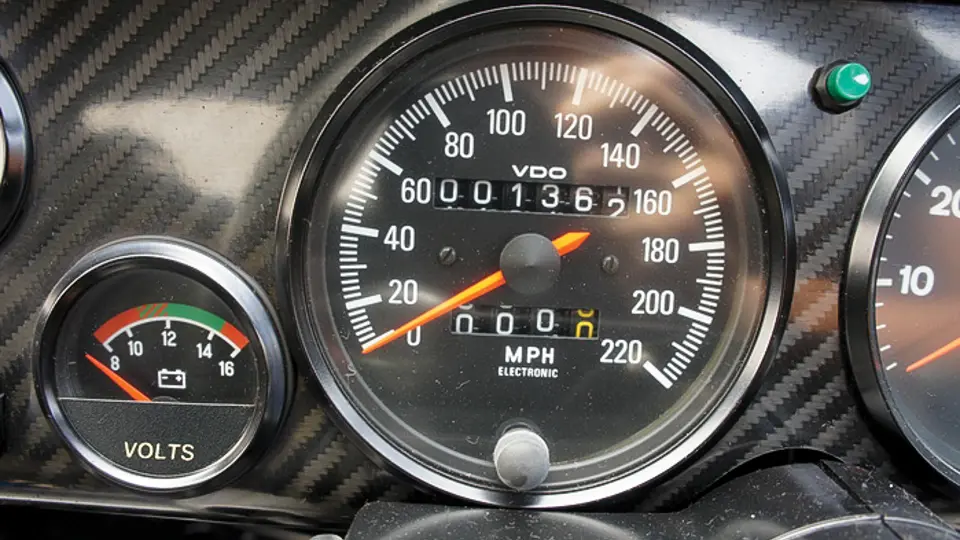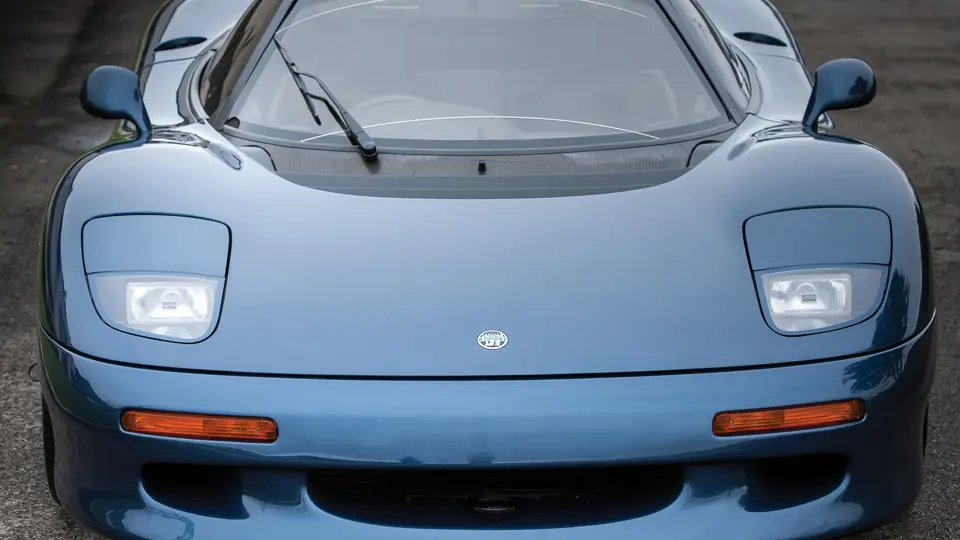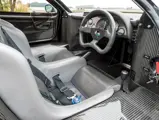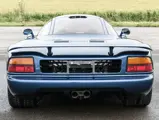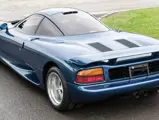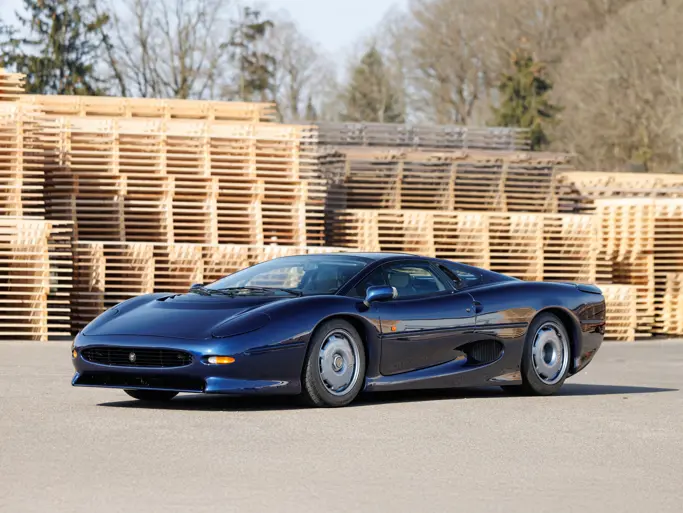450 bhp, 5,993 cc mid-rear mounted all-alloy Group C-specification V-12 engine with Zytec electronically controlled sequential fuel injection, TWR five-speed manual gearbox transaxle, four-wheel double-wishbone independent racing suspension, and four-wheel hydraulic disc brakes. Wheelbase: 2,718 mm
Recalling its near-absolute domination of international endurance racing throughout the 1950s, Jaguar returned to its winning ways during the late 1980s. Under the capable leadership of Tom Walkinshaw, the veteran racer who had won the 1984 European Touring Car Championship behind the wheel of an XJ-S, Jaguar again chalked up Le Mans victories in 1988 and 1990 and took the World Sportscar Championship in 1987, 1988, and 1991. Most importantly, Walkinshaw helped Jaguar finally break Porsche’s long reign as the leading endurance-racing constructor.
In this heady environment, Walkinshaw sensed strong demand amongst many of the world’s wealthiest auto aficionados for an ultra-exotic and ultra-exclusive car based on a successful competition car. To exploit this small but profitable niche, Jaguar created the JaguarSport division to manufacture and market a new sports car, code-named R9R, for its select clients in partnership with Tom Walkinshaw Racing (TWR). In November 1990, a JaguarSport press release announced the introduction of the stunning XJR-15, which used the same technology and expertise of the XJR-9 and XJR-12 but in a more useable track-ready car. Just 50 were scheduled for production.
The XJR-15 was based on the same central monocoque “tub” as the Tony Southgate-designed XJR-9, and the body, designed by Peter Stevens, who was also responsible for the McLaren F1, was constructed with lightweight and advanced composite materials. The XJR-9 suspension was retained at all four wheels, with fabricated wishbones and horizontal pushrod-spring dampers at the front and coil springs at the rear. Four-piston AP Racing callipers, which were mated to disc brakes housed completely within the wheels, provided stopping power.
The Group C-specification engine was a 450-brake horsepower, six-litre alloy, dry-sump V-12 which had a Cosworth forged crankshaft, connecting rods, aluminium pistons, and fuel delivery via Zytec electronically controlled sequential fuel injection. The transmission was a TWR six-speed transaxle with straight-cut gears, which was matched to an AP triple-plate carbon clutch. Walkinshaw’s work resulted in a car that weighed just 2,315 pounds and was endowed with awesome handling, excellent power-to-weight and race-proven reliability, and a 215-mph top speed. All this came at a price of nearly one million U.S. dollars when new.
As new, the Jaguar XJR 15 was fitted with bonnet and engine covers which required significant effort to remove and gain access to the engine. In its current ownership, chassis 021 has received upgraded hinges and locks, allowing the bonnet and engine bay to be opened quickly and easily, as per a standard road car. This car, showing less than 1,400 miles from new and supplied with its original owner’s manual, offers an extremely rare opportunity to obtain one of the rarest road going Jaguars. Not only does this car have incredible performance, it has the racing heritage and performance to match.

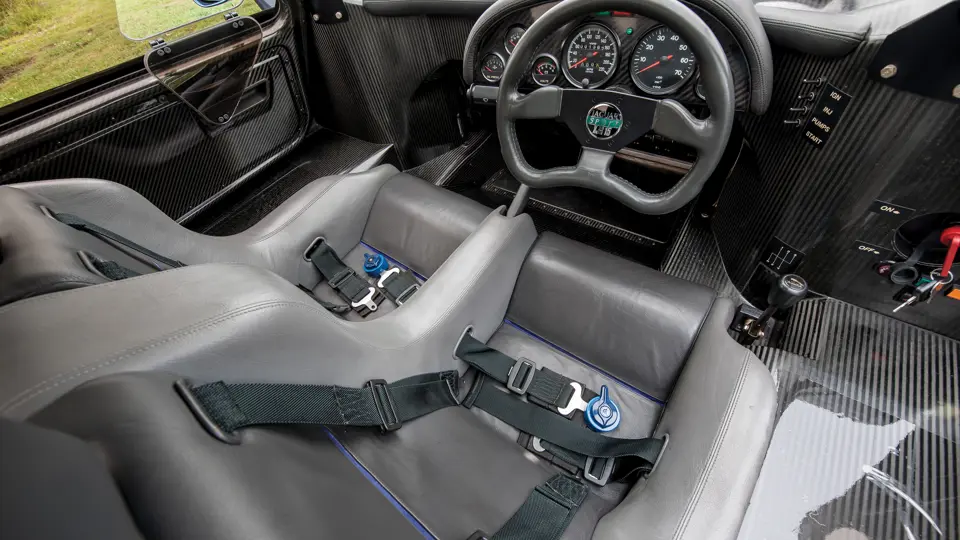
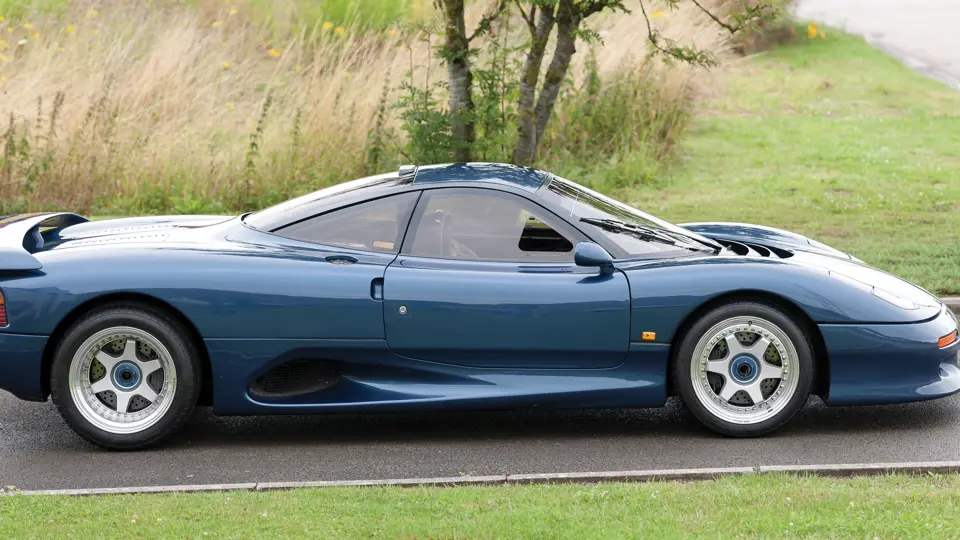

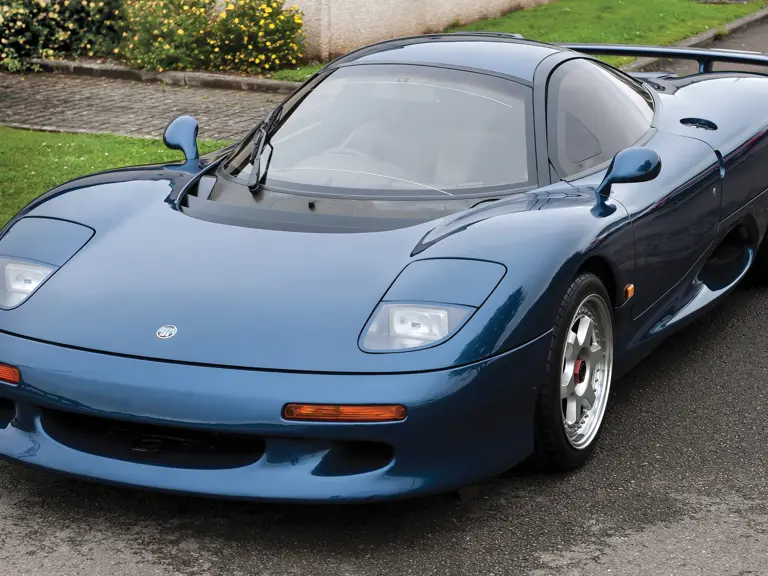

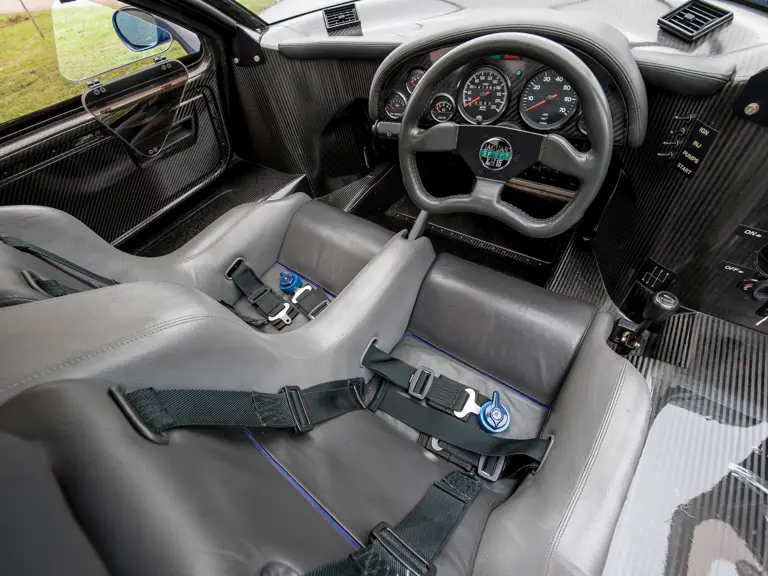

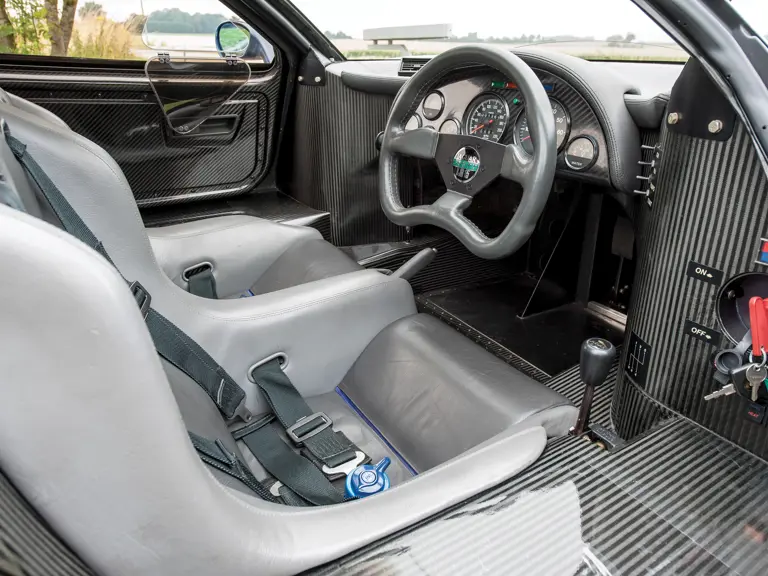

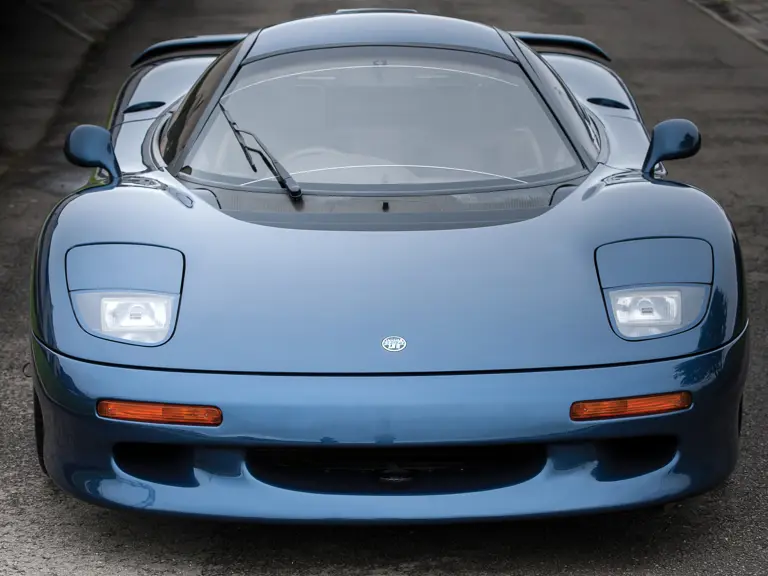
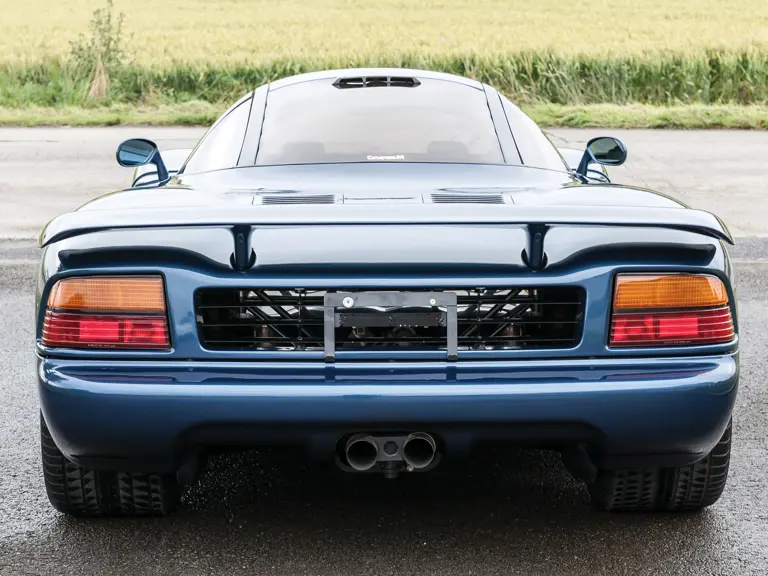

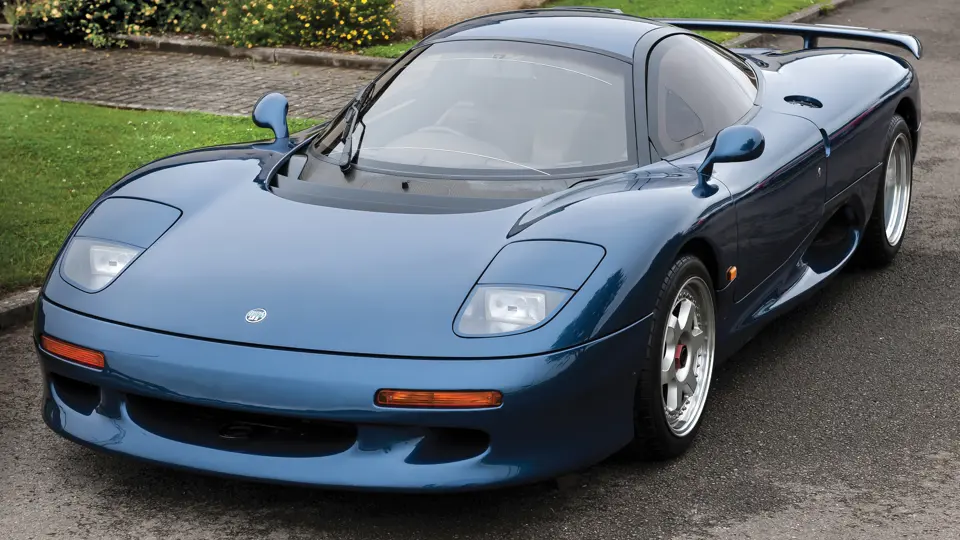
 | London, United Kingdom
| London, United Kingdom
